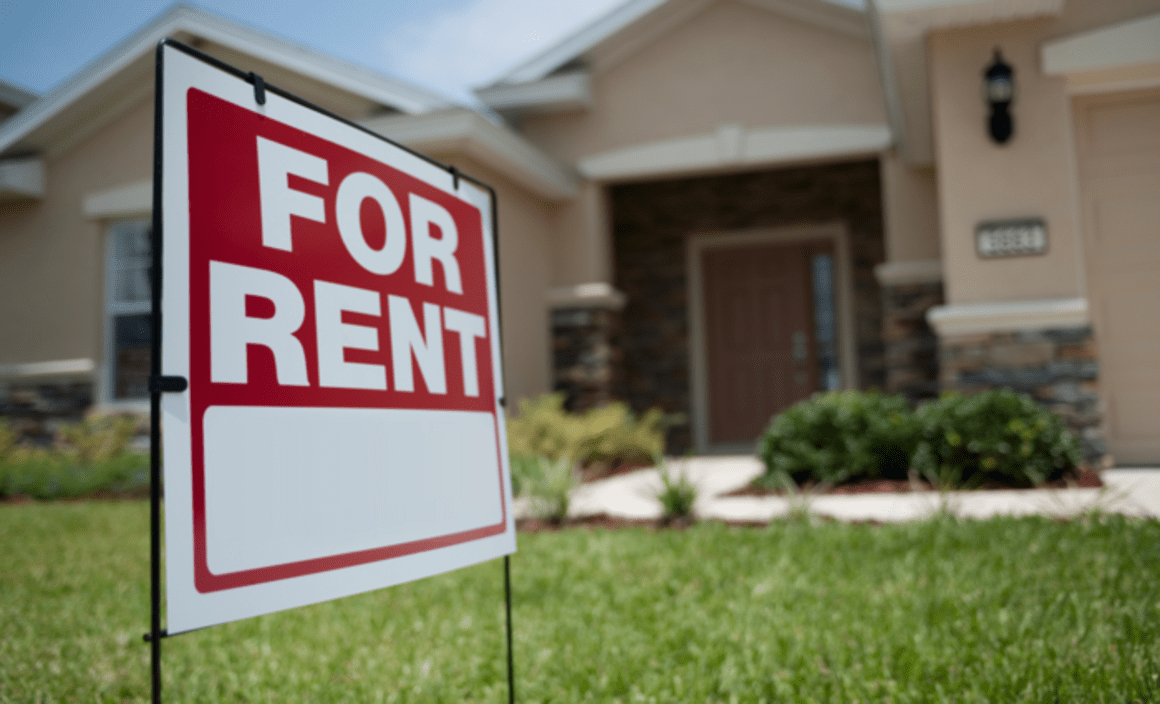National vacancy rates rise modestly in April

Vacancy rates edged higher across most capital cities in April but still reflect a tight rental markets across Australia, according to data released by SQM Research.
The number of national residential vacancies rose to 76,959 rental homes, giving an overall vacancy rate of 2.4 percent, up modestly from 2.3 percent in March 2017.
In Melbourne and Sydney, vacancy rates sat at 1.6 percent and 1.8 percent, respectively, a slight retracement from March’s low levels.
Canberra edged off a five-year low with a rise from 0.8 percent to 1.0 percent, while the highest vacancy rate remained Perth with a jump to 4.9 percent. The vacancy rate only fell in Darwin to 3.4 percent while Hobart claimed the lowest rate at 0.6 percent.
“While the rise in vacancy rates may give tenants a slight reprieve, the trend is still up for asking rents in Sydney and Melbourne, to the point where they are unaffordable for many people,” commented Louis Christopher, managing director of SQM Research.
We are nowhere near to seeing any signs of an oversupply of units in either inner-city unit market,” Christopher said.
Asking rents
Despite a higher vacancy rate, asking rents edged higher in Melbourne over the month to May 12, up by 0.3 percent for units and 0.2 percent for houses, giving annual price rises of 4.7 percent and 6.4 percent, respectively.
In Canberra too, growth in asking rents is high, at an annual pace of 9.3 percent for houses and 6.0 percent for units.
Annually, asking rents for houses has moderated in Sydney to 2.9 percent for houses and 3.2 percent for units, with asking rents for houses down by 0.6 percent over the month.
However, the asking rent for a three-bedroom house in Sydney now sits at a lofty $743 while for units it sits at $521, an unaffordable level for many of the city’s inhabitants on lower incomes.
In contrast, Darwin asking rents continued to fall, down 3.4 percent for houses over the month, while unit rents were down 1.1 percent. Perth has again posted the largest yearly declines, with unit asking rents down 9.4 percent and house rents down 7.5 percent.